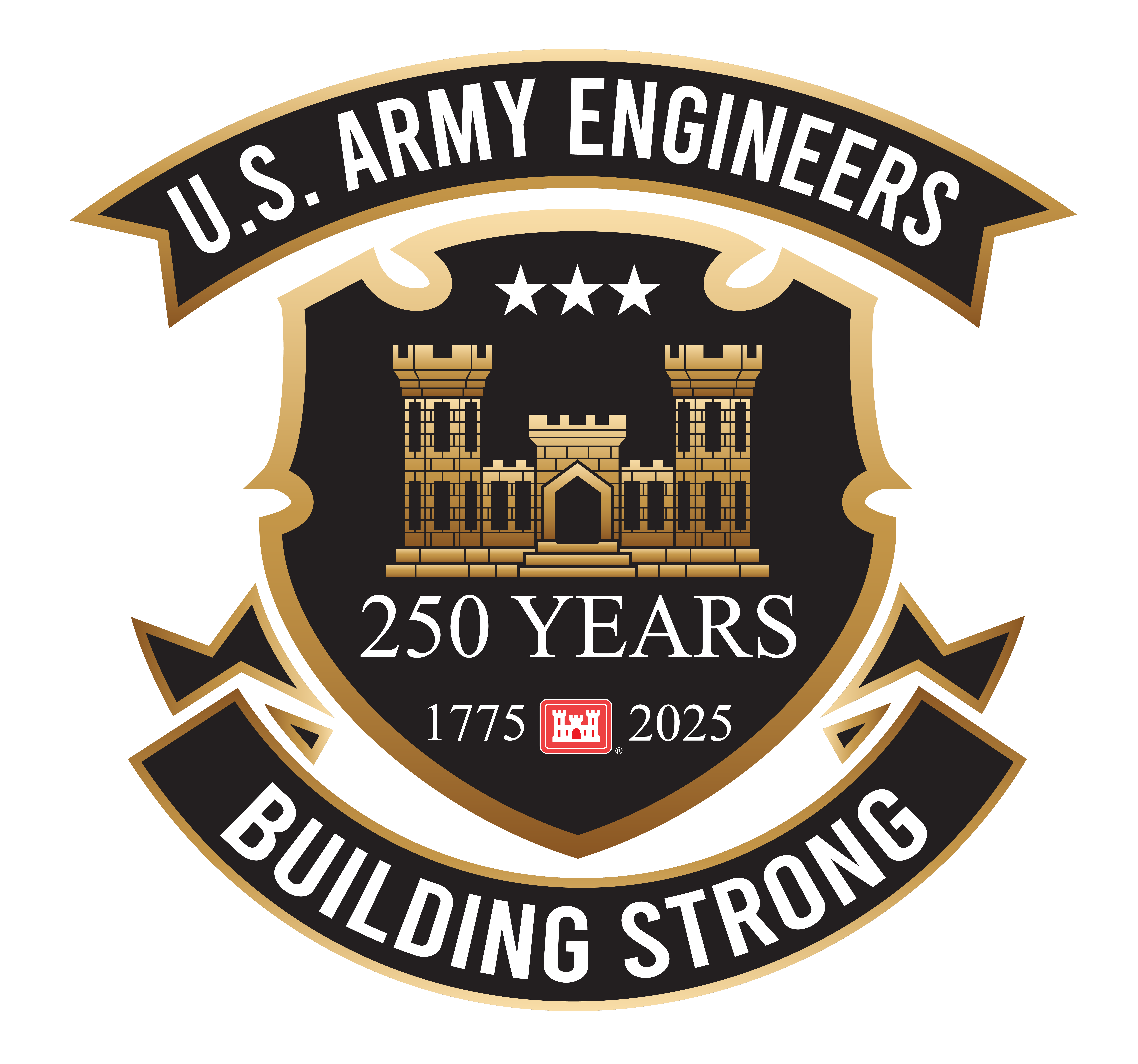| |
 |
| |
A television tower rises into the sky at Buraydah, Saudi Arabia, 1968. Office of History
|
Introduction
In the tense geopolitical environment of the Cold War, the United States recognized that military power alone would not secure its influence in strategically vital regions. Infrastructure such as airfields, ports, roads, and communications networks was equally critical to sustaining operations, building alliances, and projecting stability. The U.S. Army Corps of Engineers (USACE) played a central role in the effort to provide such infrastructure around the world, and one of its earliest and most influential overseas commands was the Mediterranean Division. Established in the early 1950s, the division served as a bridge between American strategic priorities and the needs of allied nations across Southern Europe, North Africa, and the Middle East. Its work combined engineering excellence with diplomacy, laying the groundwork for decades of regional cooperation and military readiness.
Developing, Managing, and Operating
The Mediterranean Division was headquartered first in Casablanca and then Nouasseur, Morocco, and later in 1957 relocated to Livorno, Italy. The division and its earliest districts—East Atlantic in Morocco and Middle East at Tripoli, Libya—managed engineering and construction projects across a vast and diverse area. Its mission included developing NATO infrastructure, expanding U.S. military and diplomatic presence, and providing technical assistance and military facilities to allied governments. Over time, the division became a crucial enabler of America’s Cold War strategy, delivering projects that served both military necessity and civilian development.
During its two decades of operation, the Mediterranean Division accomplished major construction programs in more than a dozen countries. It supervised building or upgrading airfields to support both combat and commercial operations, expanding ports to handle modern shipping demands and improving extensive road networks to provide access to remote areas, and supporting military logistics. Communications infrastructure, including television and radio stations, strengthened both operational command and public engagement. Many of these dual-use projects benefited local economies while also meeting strategic requirements for U.S. and allied forces. In addition to the Morocco District, the Southern District in Italy, and The U.S. Engineer Group (TUSEG), a district-type organization based in Turkey, the division supervised two districts that were very active and prolific in the region.
The Trans-East District, based in Karachi, Pakistan, and active from 1955 through 1960, focused primarily on South Asia and later the Middle East and as far afield as Burma. Its work was instrumental in extending U.S. engineering capability into countries where partnerships were still developing. Airbases in Turkey (built under TUSEG) and Pakistan became critical nodes for regional force projection and contingency planning. In addition, the district developed port facilities, road systems, and civic infrastructure, including government and educational buildings. These efforts supported U.S. diplomatic goals, often serving as visible symbols of American commitment in the face of Soviet competition for regional influence. When it closed in 1960, its work was assumed by the Gulf District.
The Gulf District, active from 1956 to 1968, concentrated first on Iran and later also Saudi Arabia and the wider Persian Gulf region during a period of deepening U.S.–Saudi relations. In Iran, the district-built airfields, army installations, and support facilities for the Iranian armed forces. In Saudi Arabia, as in Iran, the district delivered an expansive portfolio of projects, including road networks, barracks, motor pools, supply depots, and fuel storage facilities, as well as coastal infrastructure to enhance maritime operations. Technical advisory services to the Saudi Ministry of Defense and Aviation helped modernize planning and engineering standards. The Gulf District’s work not only strengthened Saudi Arabia’s defense capabilities but also created a durable platform for the long-term U.S. presence in the Arabian Peninsula.
By the mid-1970s, the Mediterranean Division’s mission had evolved, leading to a reorganization that split its responsibilities between the newly created Europe and Middle East Divisions. USACE disestablished the Mediterranean Division in late 1976.
 |
|
 |
|
 |
| An administrative building, part of the police facilities built at Naziabad, Tehran. Iran, 31 Aug. 1965. Office of History |
|
Kismayu, Somalia, construction scene near the docks, 1966. Office of History |
|
Several two-story buildings, possibly barracks, built as part of the Iranian Army installation at Ghuchan in Iran, 14 Nov. 1963. Office of History |
| |
|
|
|
|
Legacy
The Mediterranean Division’s history illustrates the vital connection between engineering and national security. Through two decades of work, it shaped the strategic landscape of Southern Europe, North Africa, and the Middle East, enabling mobility, logistics, and defense cooperation on a scale that would have been impossible without its infrastructure projects. Its legacy endures in the facilities it built, the partnerships it fostered, and the regional stability it helped maintain. More than a builder of bases and roads, the Mediterranean Division was an architect of American influence during one of the most challenging periods of the twentieth century.
| |
|
|
|
|
|
|
| |
|
 |
250th Anniversary
September 2025. No. 14. |
|
|
|
| |
|
|
|
|
|
|
|